Picking just a handful of products to include in our Gear of the Year series for 2021 was never going to be easy.
For a start, I’m lucky enough to ride a lot of bikes and use a lot of different kit, which makes narrowing down my favourites rather tricky. Then, of course, I need to actually remember what I’ve tested – sounds simple, but with two young kids at home and a severe lack of sleep, it really isn’t!
So, I figured I’d select the products that I either use every time I hit the trail, or the ones that really get me fired up to ride.
Nukeproof Blackline Winter Gloves
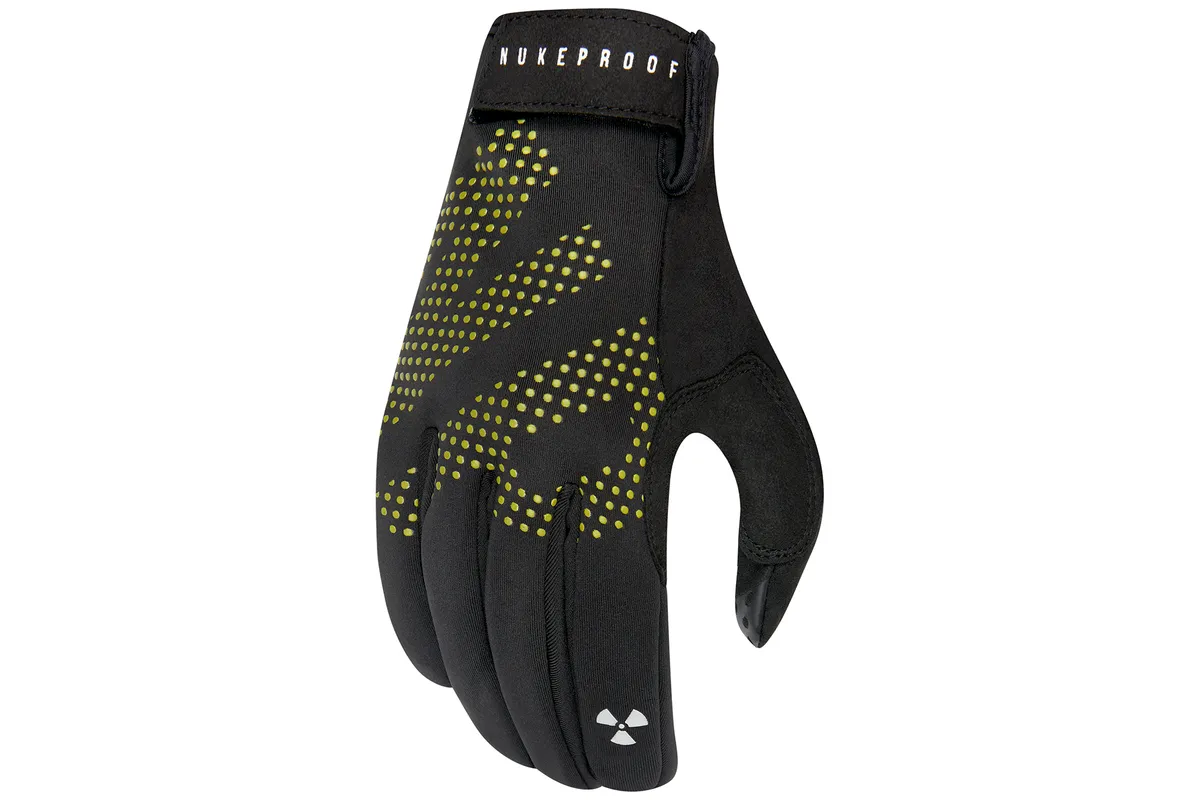
- £27 / $35.95 / AU$50.95 / €31.99
Good winter gloves, especially for mountain biking, aren’t easy to come by. That’s why I’ve been so impressed by these Nukeproof Blackline Winter ones.
While I’ll happily ride my road bike in ski gloves, I can’t stand the bulk and lack of feeling through my palms when my tyres hit the dirt. That numbness and lack of sensation makes me feel nervous as I frantically miss-shift through my gears and slip a brake lever just as the trail starts to get a little spicy.
No, I need gloves with a thin palm that allows me to feel what’s happening beneath them. And in terms of warmth, I just want them to keep the chill out. I don’t need sweaty palms. And that’s where the Blackline Winter gloves from Nukeproof are so effective.
There’s a great feel through the palm and enough insulation on the backs to keep my hands warm even on the coldest days. The fact that they cost less than £30 is a massive bonus.
RockShox Flight Attendant
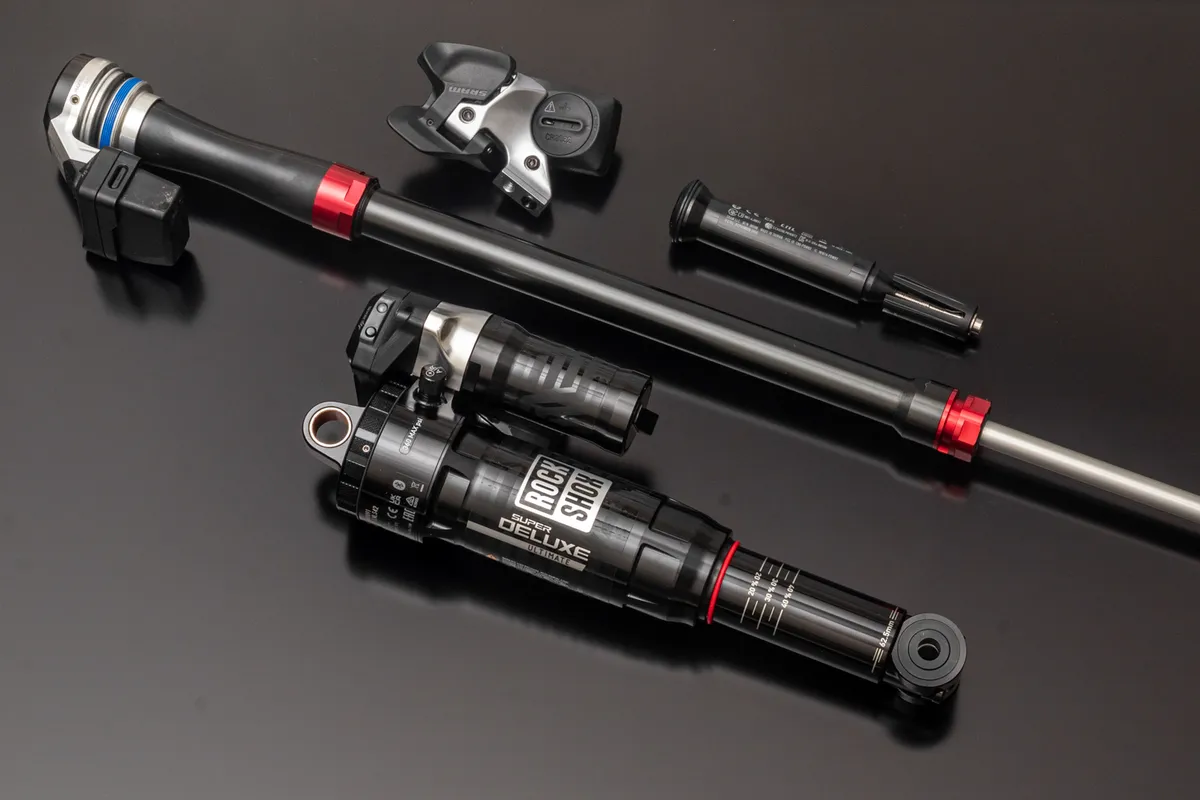
- Only available on complete bikes
At no point did I think I’d want my suspension controlled for me. I’m reluctant when it comes to adding electronics – or any other additional complication – to my bike, especially if there’s a chance it’ll impact on my precious ride time.
I don’t want to sync this and upload that. I just want to ride. And I’ll be honest, the prospect of using Flight Attendant, a wireless system that controls the compression settings on the fork and shock, had me a little nervous.
The reality, thankfully, was somewhat different. While you can use the SRAM AXS app to help tune this nifty new system, you don’t have to because all adjustments can be made via the fork control module, including the initial setup.
In use, aside from the occasional buzz now and again, Flight Attendant just does what it needs to do and, for the most part, blends into the background. It works well, too, quickly switching low-speed compression settings as and when the terrain demands and helps to make long-travel bikes such as the Trek Slash I had it on easier going on big days out.
Of course, this is a luxury rather than a necessity, but, more than anything, it definitely gives a nod as to the direction we could see things going in when it comes to electronic integration.
Transition Spur X01
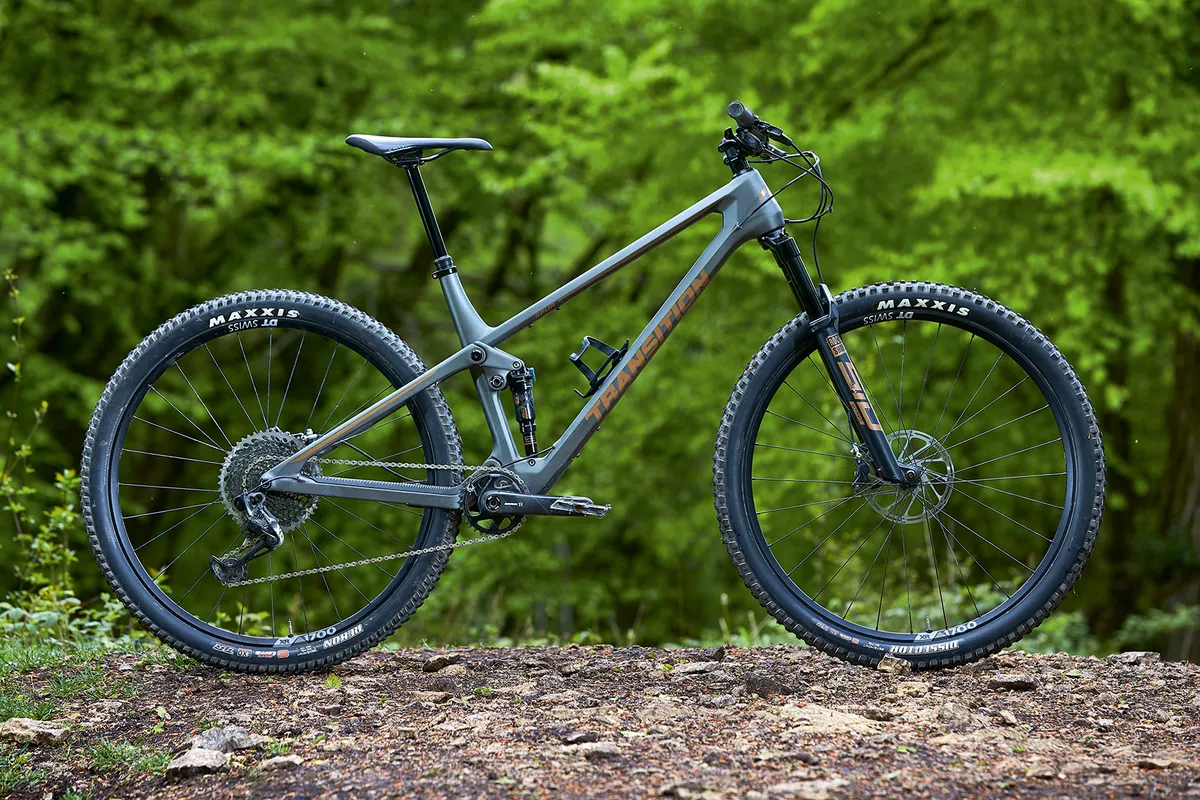
- £6,000 / $6,000 / AU$10,499
Sometimes, a bike will come along and put others to shame. It’ll handle more than expected of it, and also deliver on that all-important fun factor.
If you look back at my Gear of the Year article from last year, you’ll see I included the Transition Scout. I loved that bike. Probably more than the Spur, if I’m honest, but the Spur isn’t just a great bike, it also represents just how good bikes in this genre have become.
Whether you want to call them short-travel trail bikes or downcountry rigs (or something else that I’ve not heard of just yet), the point is that these efficient, yet fun bikes are here to stay.
While they don’t have the suspension travel or wildly raked-out angles of an enduro bike, they’re burlier, less twitchy and more capable than almost every cross-country race machine, too. The Transition Spur is arguably one of the best examples of these bikes, which is why I scored it a big five stars when I reviewed it earlier in the year.
It’s fast and efficient when you put the power down, but doesn’t flinch when the trail gets rowdy. It’s the sort of bike that can handle far more than you’d expect, and for many, would make a lot of sense if they were to have just the one bike in their shed.
Crankbrothers Mallet E LS pedals
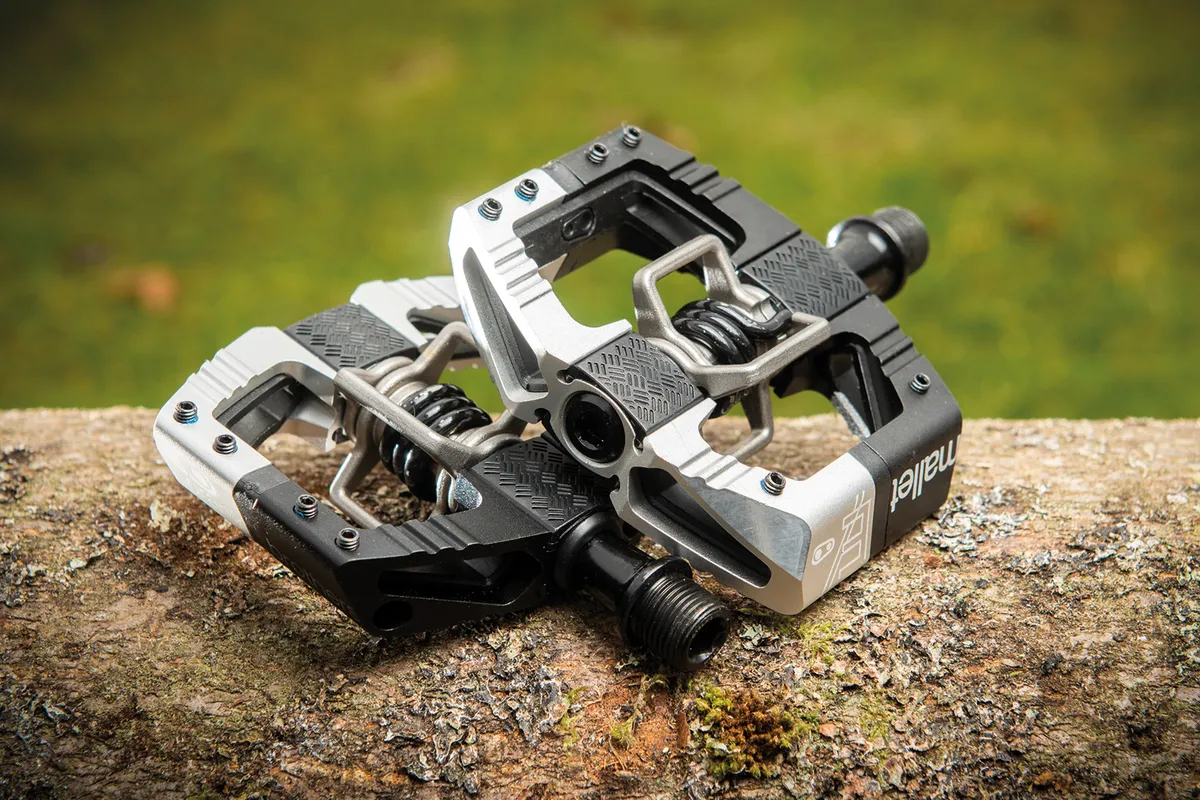
- £164.99 / $169
I’ve gone on and on about getting the right shoe and pedal combo for years. In fact, if you want to know more you can read all about my search for the perfect shoe in our High-Mileage Heroes feature.
Anyway, I’ve used Crankbrothers pedals for years now and love the way they feel. I realise there are plenty of folk who struggle with the movement on offer once clipped in, and the ‘soft’ feel to the engagement when compared to other pedals. But I love them.
For years, I’d ridden on the Mallet DH pedals. The larger cage makes a lot of sense if you’re clipping in and out all the time on the trail. This year, though, I ended up spending the majority of my rides using the Mallet E LS pedals, mainly as I needed to service my DHs.
While the platform is smaller, you still get grub screw pins (six per side) to help tailor traction on the pedal, which is useful. The ‘LS’ in the name refers to the longer spindle used over the standard Mallet E. This gives a wider stance on the bike and more crank clearance – something that can cause issues when unclipping at awkward angles with particularly bulky shoes.
There might not be quite as big a platform to stand on when unclipped, but the smaller, heavily angled cage has more ground clearance, which is a plus when riding rocky trails on a bike with a low bottom bracket.
And like all Crankbrothers pedals, they don’t get clogged with mud, which is really important if you live on a boggy little island like I do (I’m talking about the UK… I don’t own a boggy little island).
Camelbak Chase Bike Vest
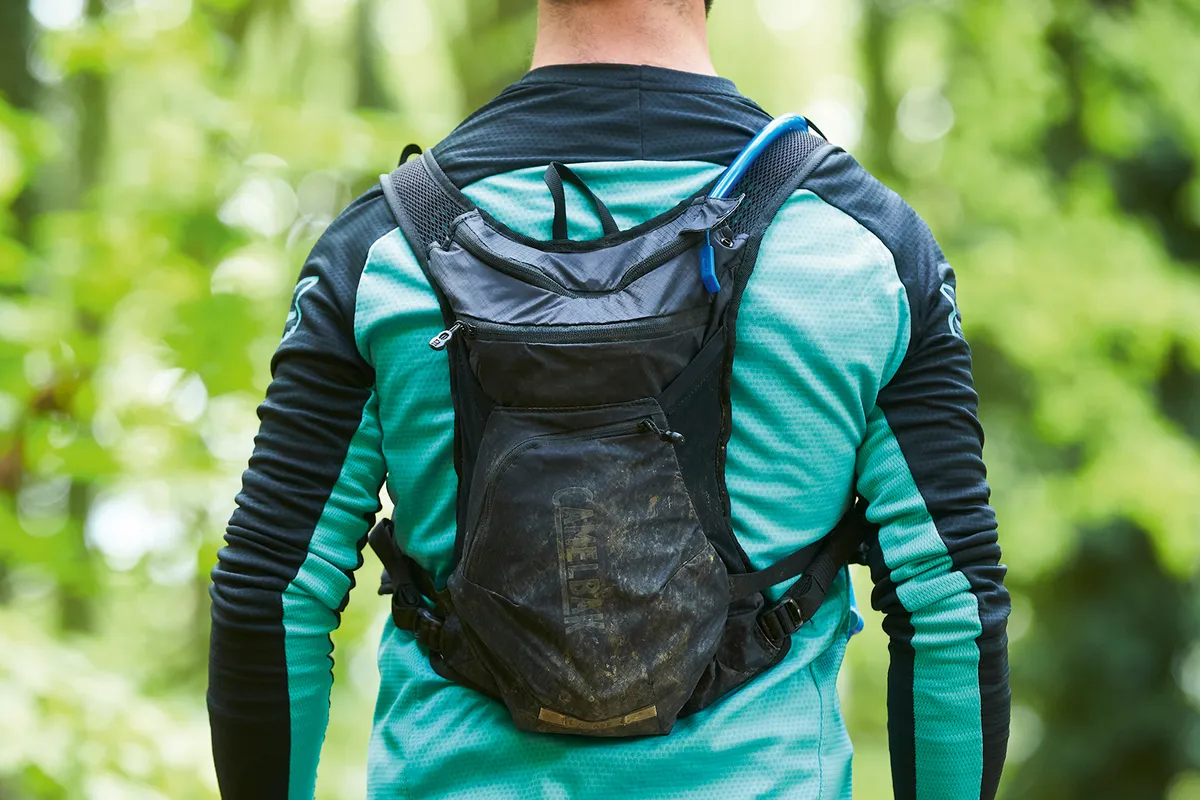
- £95 / $86 / €78
If you’re not a fan of wearing a pack but for whatever reason (you can’t fit a big enough bottle on your bike or stash all your essentials somewhere safe) you need one, then I highly recommend the Camelbak Chase Bike Vest.
It’s 4-litre capacity means you pack wisely and never feel overloaded - there’s enough space for essentials and a decently sized 1.5-litre bladder that’s one of the best you can buy.
This is all secured to your back with two, very broad, super-comfortable shoulder straps and two chest straps. While you might think “where’s the waist strap? I need a waist strap!” Fear not. The Chase Bike Vest feels rock solid while riding, barely shifting an inch, even when you’re properly throwing your weight around.
Yes, it does look a little like you’re wearing a strange buoyancy aid from the wrong angle, but in terms of function and comfort, it’s the best pack I’ve tried and well worth the money (I have the original version, which my wife uses every week, and it’s still going strong).
